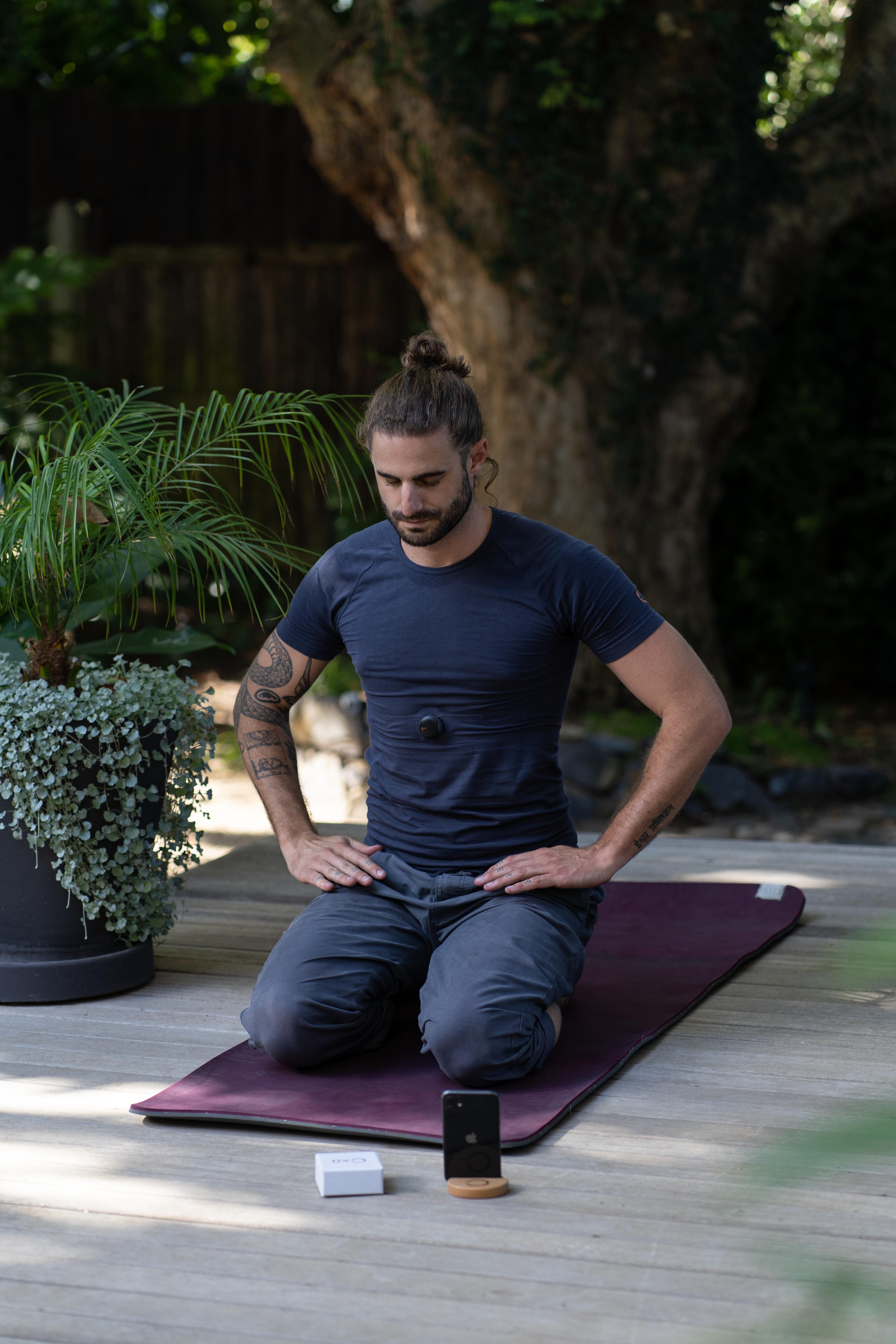In a world that spins ever faster, the quest for tranquility has led many to explore beyond the boundaries of traditional stress relief. Yoga mats and mindfulness apps have become staples, yet a quiet revolution is emerging in the form of breathwork and visualization techniques. These ancient practices, often overlooked, are gaining momentum as potential contenders to the age-old champions of stress management. Could they truly replace the comforting rituals of deep-tissue massages and evening jogs? As we delve into the heart of these practices, we uncover whether the power of imagination and breath can stand shoulder to shoulder with conventional methods, offering a fresh path to serenity. Breathwork and Visualization”>
Breathwork and Visualization”>
Exploring the Science Behind Breathwork and Visualization
The intersection of breathwork and visualization techniques offers a fascinating glimpse into how our minds and bodies can work together to manage stress. Breathwork involves controlled breathing exercises that can help regulate the autonomic nervous system, promoting a state of calm and relaxation. On the other hand, visualization taps into the brain’s ability to imagine scenarios, fostering mental clarity and emotional resilience.
- Mind-Body Connection: Both techniques leverage the powerful link between mental imagery and physiological response.
- Neuroplasticity: Visualization can reshape neural pathways, potentially reducing anxiety and enhancing focus.
- Immediate Effects: Breathwork can quickly lower cortisol levels, offering a fast-acting stress relief alternative.
While traditional methods like exercise and meditation have long been hailed for stress relief, integrating these techniques can provide a complementary approach, offering unique benefits that cater to individual preferences and needs.
Comparing Traditional and Modern Stress-Relief Techniques
In the quest for tranquility, both traditional and modern stress-relief techniques offer unique benefits. Traditional methods, such as yoga and meditation, have been cherished for centuries. These practices often involve physical postures, breathing exercises, and mindfulness to cultivate inner peace. They provide a holistic approach, connecting body and mind in a timeless dance of serenity.
On the other hand, modern techniques like breathwork and visualization have gained popularity for their adaptability and ease of integration into daily life. Breathwork involves controlled breathing patterns to enhance relaxation, while visualization uses mental imagery to create a sense of calm and focus. These methods are often praised for their accessibility, quick results, and flexibility, allowing individuals to tailor their stress-relief practices to fit their personal schedules.

Integrating Breathwork into Daily Routines for Maximum Impact
To harness the full potential of breathwork and visualization techniques, seamlessly incorporating them into your daily life is essential. Start by identifying moments in your routine where these practices can naturally fit. Morning rituals, such as a few minutes of mindful breathing upon waking, can set a positive tone for the day. During work breaks, a quick visualization exercise can refresh your mind, enhancing focus and creativity.
- Commute Meditation: Use travel time for deep breathing exercises to transition smoothly between home and work environments.
- Mindful Meals: Practice breath awareness before meals to foster gratitude and improve digestion.
- Evening Wind-Down: Incorporate calming breathwork before bed to promote restful sleep.
By weaving these practices into your daily schedule, you not only maximize their stress-relief benefits but also create a consistent habit that supports overall well-being.

Expert Recommendations on Blending Techniques for Optimal Stress Relief
Experts in holistic health emphasize the transformative power of combining breathwork with visualization techniques for stress relief. These practices, when intertwined, create a synergy that can lead to profound relaxation and mental clarity. Here are some key recommendations from specialists:
- Start with Guided Sessions: For beginners, using guided audio or video sessions can help establish a foundation and ensure correct technique.
- Consistency is Key: Regular practice, even for just a few minutes daily, can lead to significant benefits over time.
- Personalize Your Practice: Tailor your sessions to fit your individual needs. Whether you visualize a serene landscape or focus on a specific breathing pattern, customization can enhance effectiveness.
By integrating these techniques into your routine, you can cultivate a more resilient response to stress, offering a complementary approach to traditional methods. The experts suggest that while these practices may not entirely replace conventional stress-relief strategies, they can serve as powerful tools in your wellness toolkit.





